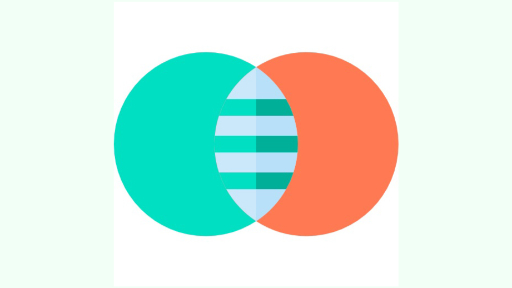
- Articles
- Blending and Mixing Colors in ...

Color is an essential element in art, and knowing how to blend and mix colors is a fundamental skill that every artist should have. Color blending and mixing refer to the process of combining two or more colors to create a new color or shade. There are different techniques for blending and mixing colors, and the choice of technique depends on the desired result and the medium used.
One of the most common techniques for blending colors is called "wet-on-wet." This technique involves applying wet paint to an already wet surface, allowing the colors to mix and blend naturally. This technique is commonly used in watercolor painting but can also be used with other mediums such as acrylic or oil paint.
Another technique for blending colors is called "dry brush." This technique involves applying a dry brush to a dry surface, creating a textured and blended effect. This technique is commonly used in oil painting, but it can also be used in acrylic or gouache painting.
Mixing colors involves combining two or more colors to create a new color or shade. The primary colors, red, yellow, and blue, can be combined to create secondary colors, green, orange, and purple. Tertiary colors can be created by combining a primary color with a secondary color.
When mixing colors, it is important to consider the color wheel. The color wheel is a tool used by artists to understand the relationship between colors. Colors that are opposite each other on the color wheel, such as red and green, are complementary colors. Combining complementary colors can create a vibrant and eye-catching effect.
Another important consideration when mixing colors is the value and saturation of the colors. The value refers to the lightness or darkness of a color, while the saturation refers to the intensity or purity of a color. Mixing a color with white will result in a lighter shade of the original color, while mixing with black will result in a darker shade. Mixing with gray will result in a lower saturation of the original color.
In digital art, blending and mixing colors are achieved through the use of various tools and software. Programs such as Adobe Photoshop or Procreate have brush settings that allow for color blending and mixing. Artists can also use the color picker tool to select colors and mix them manually.
In conclusion, blending and mixing colors is a fundamental skill in art that can be achieved through various techniques and mediums. Understanding the color wheel, value, and saturation is essential when blending and mixing colors. By mastering these skills, artists can create a wide range of colors and effects, adding depth and vibrancy to their artwork.
DOIT Connect
Empowering creativity with powerful online tools. Transform, optimize, and enhance your digital assets effortlessly.

